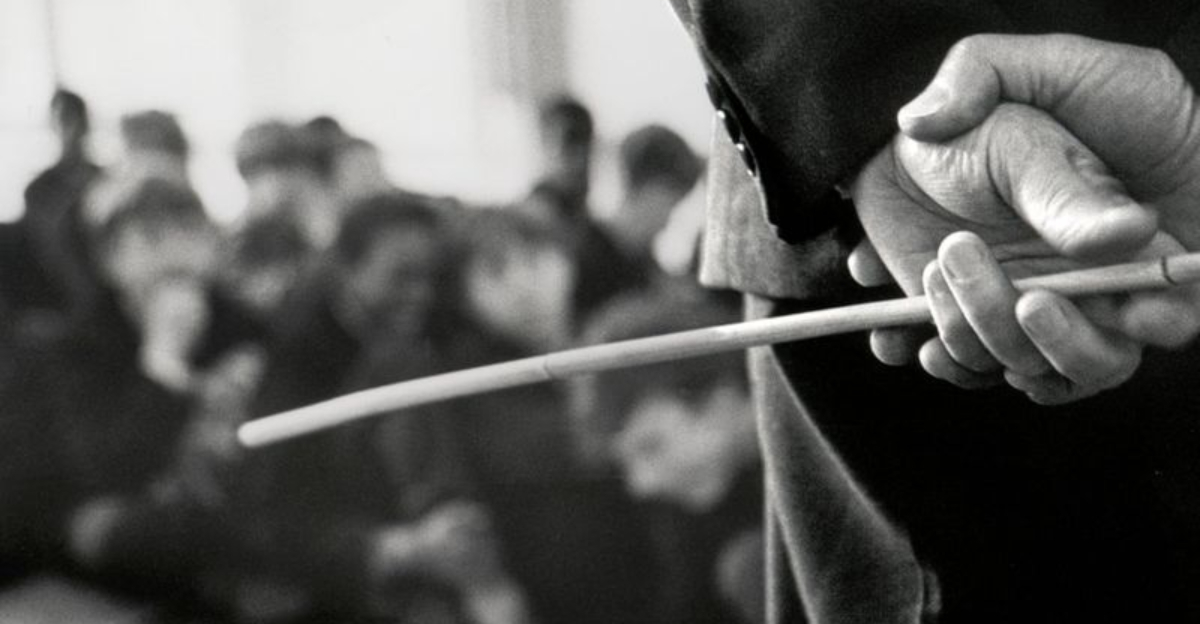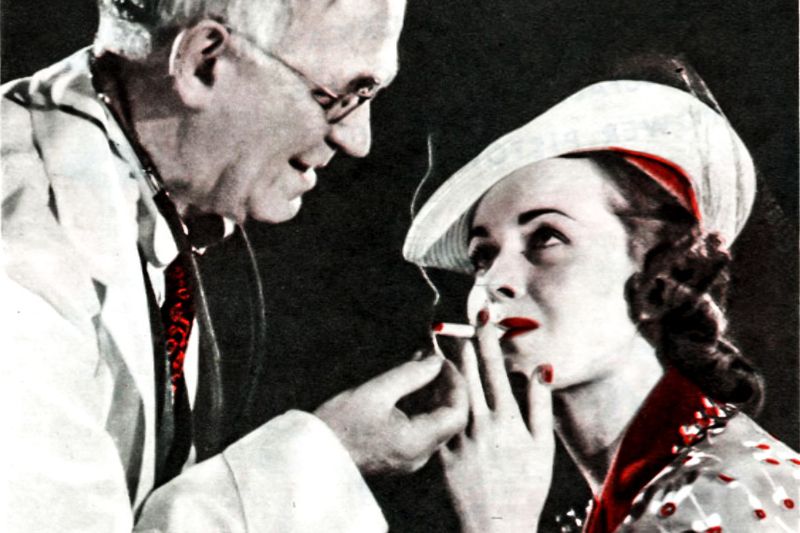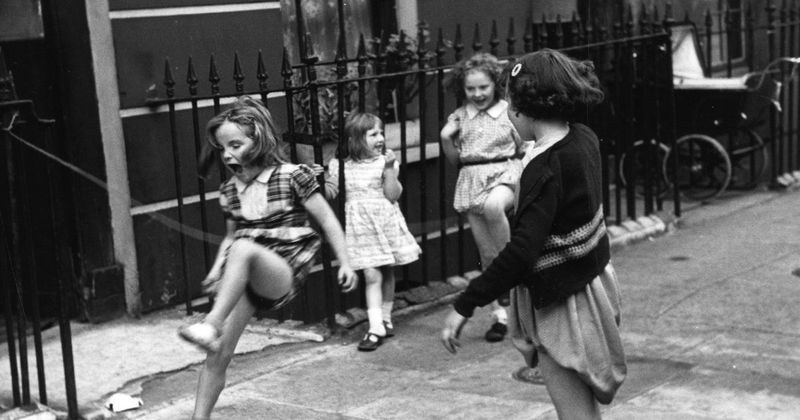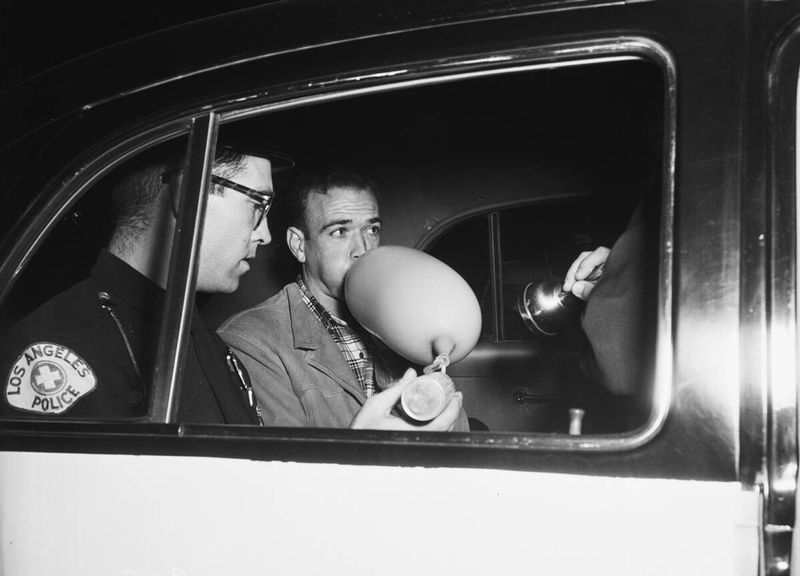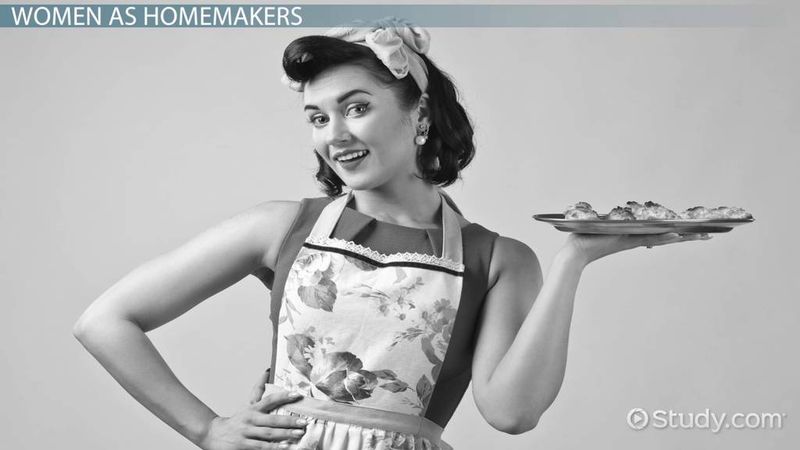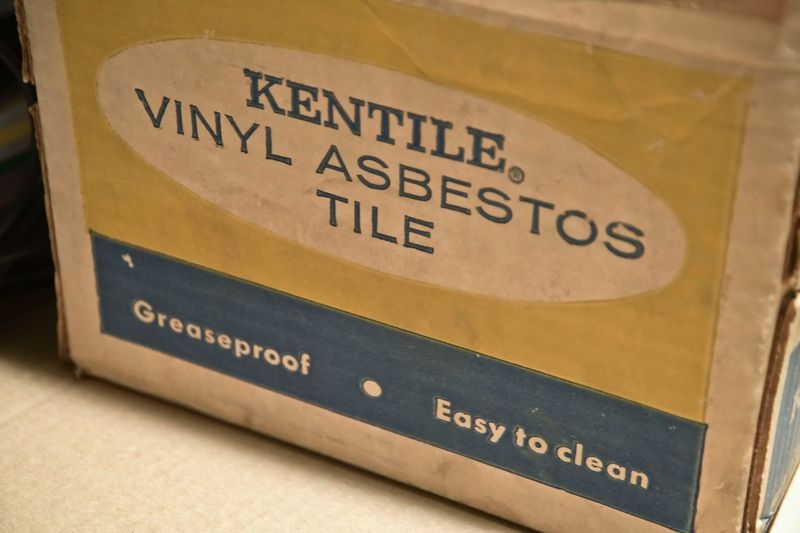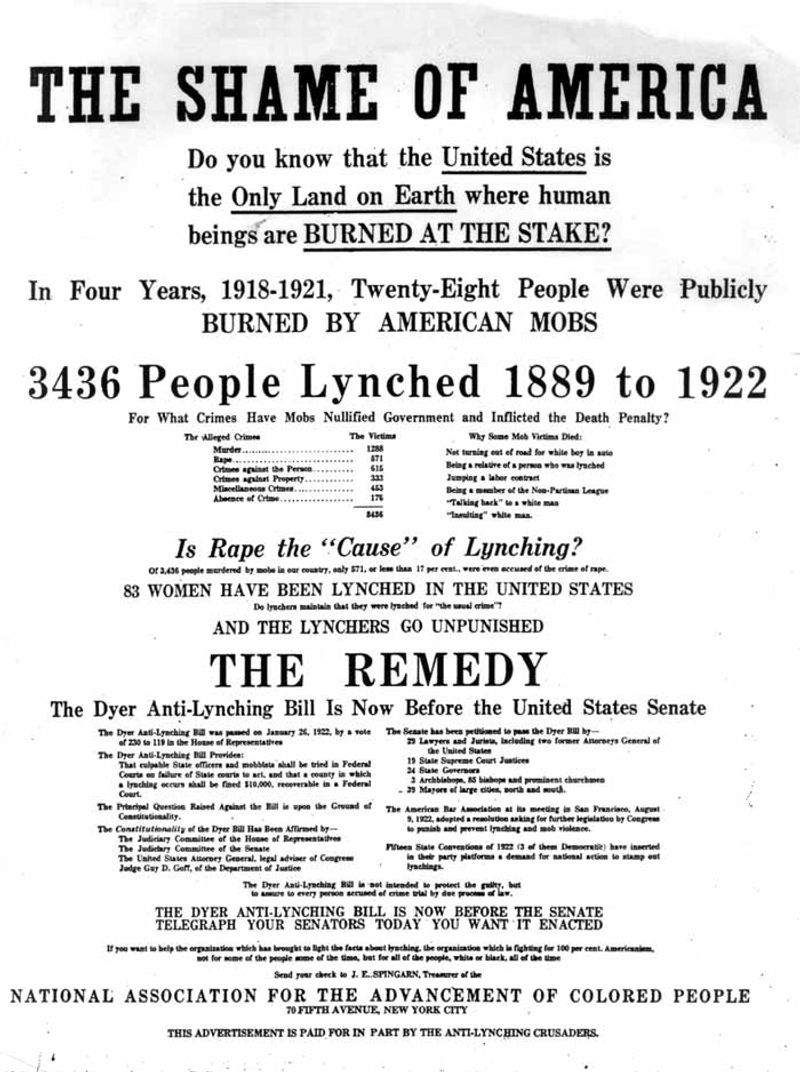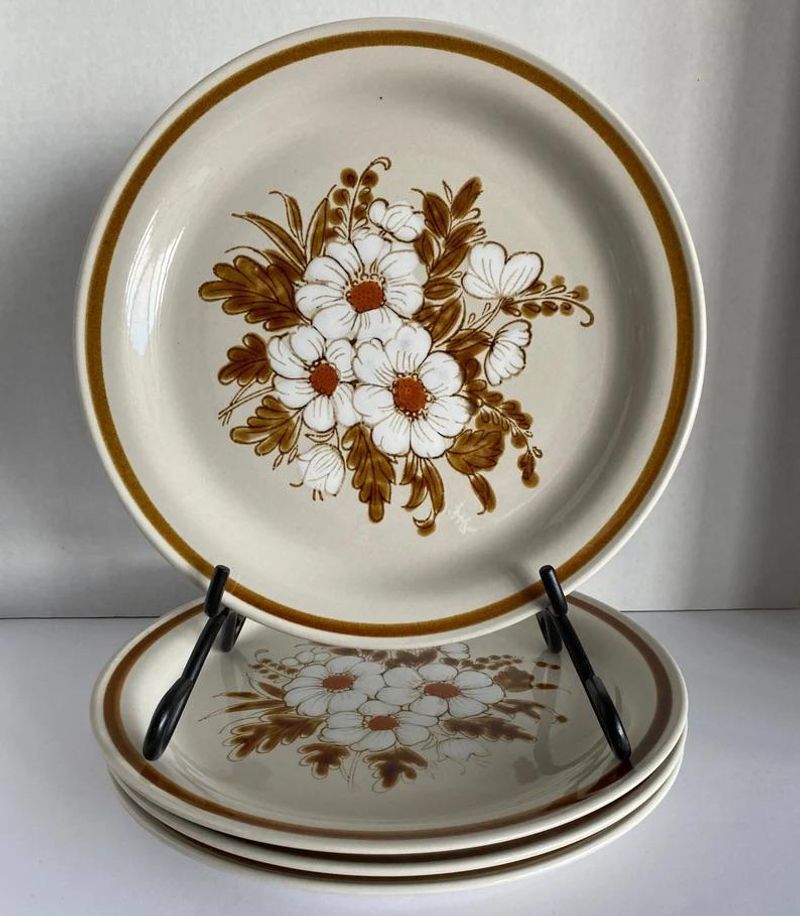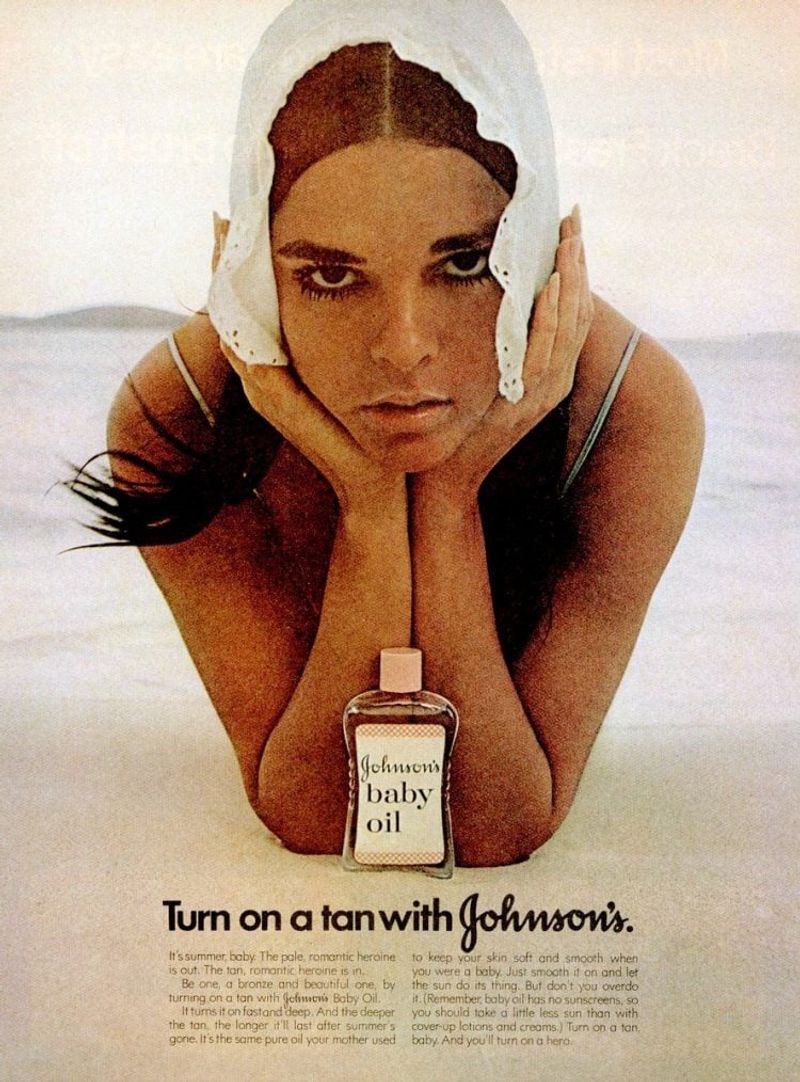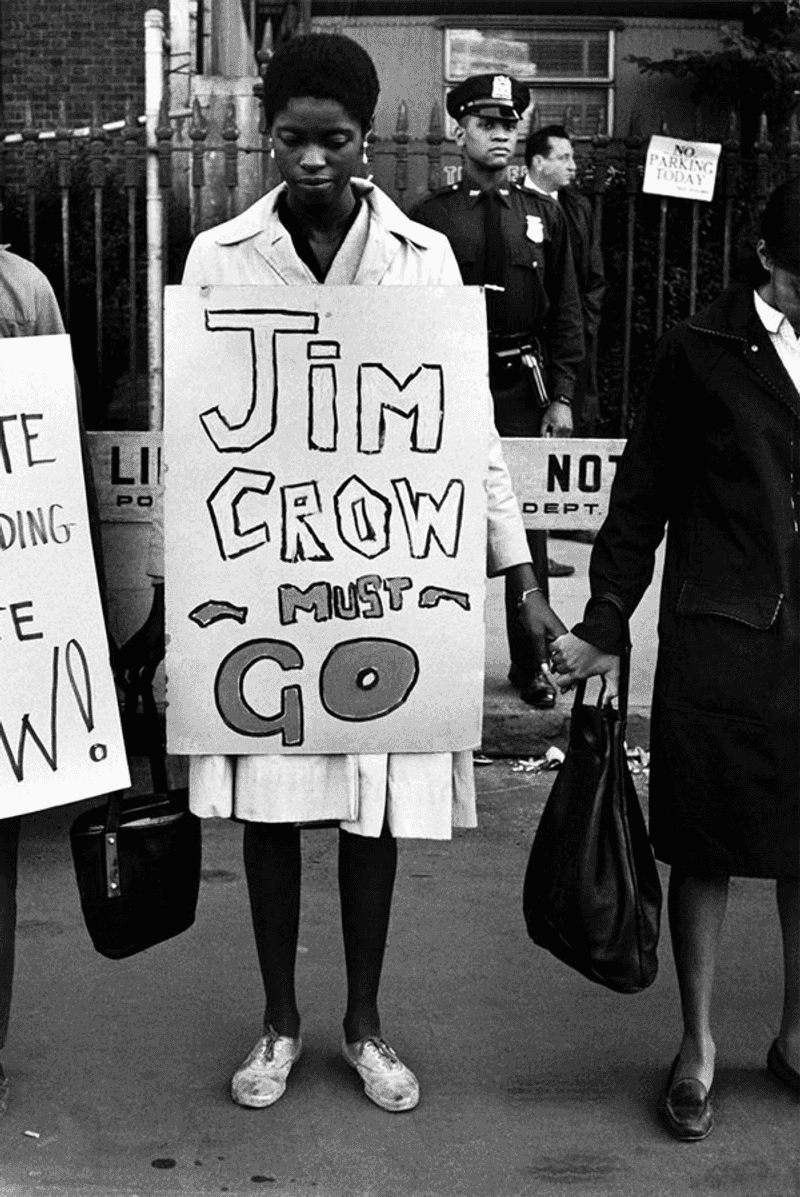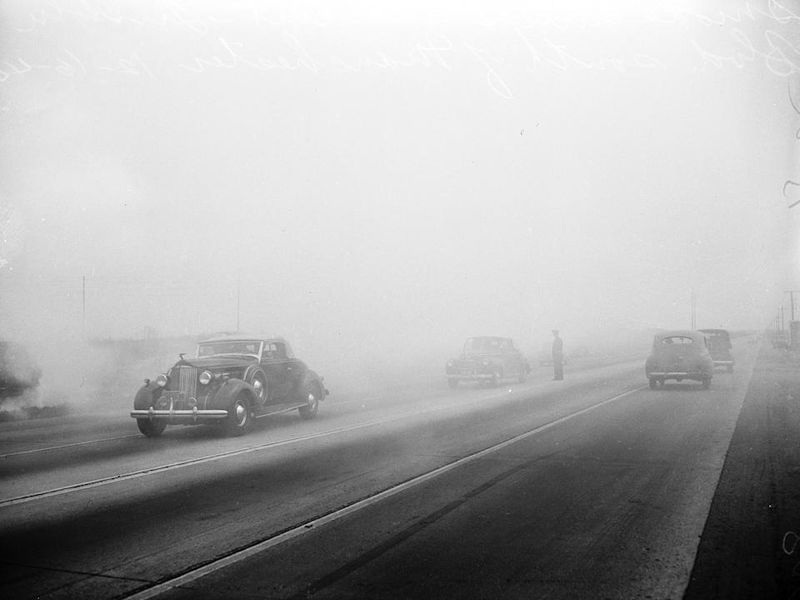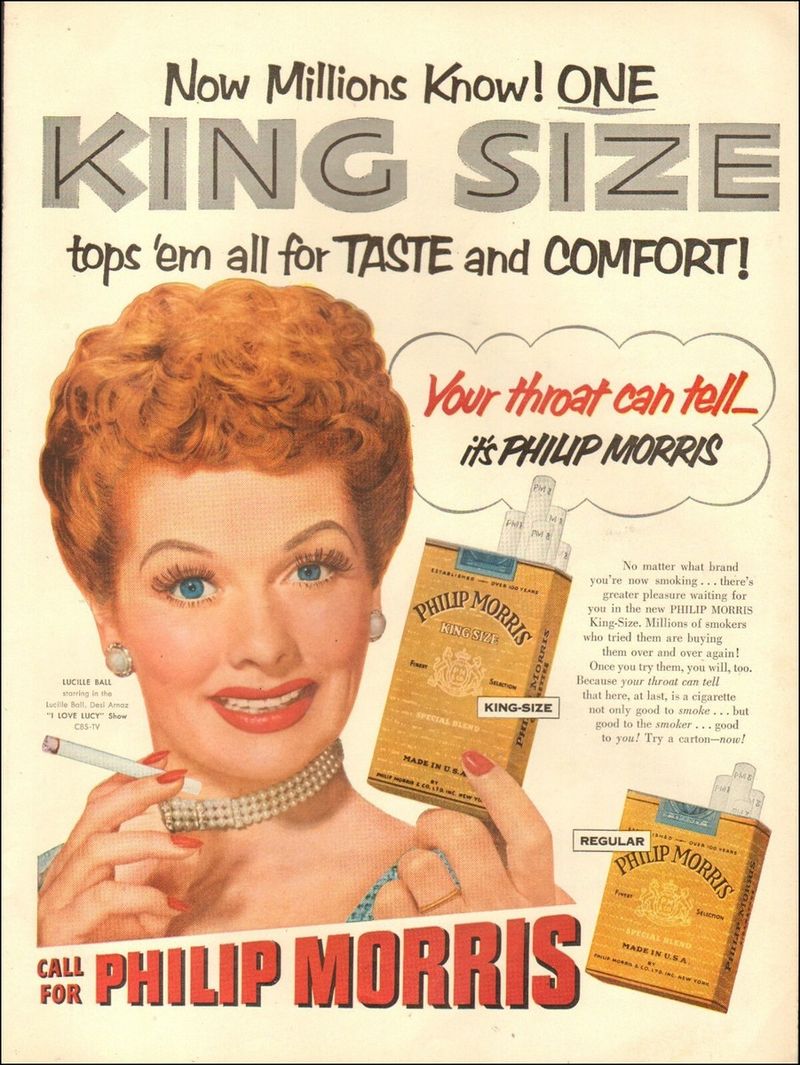The 1950s were a time of seemingly boundless optimism and conformity. Many everyday habits from this era, however, would be considered quite shocking today. From the casual acceptance of smoking in public places to the strict enforcement of gender roles, these practices reflect the cultural norms and societal values of the time. Let’s explore 15 such habits that would undoubtedly raise eyebrows in our modern world.
1. Smoking Everywhere—Including Hospitals
Cigarettes were advertised as a healthy choice, and doctors even endorsed them. It wasn’t unusual to see people lighting up in airplanes, hospitals, restaurants, and even elevators. Pregnant women smoked openly, unaware or unconcerned about the risks to their babies. This casual acceptance of smoking pervaded every aspect of life, making it a ubiquitous symbol of the era. The idea of a smoke-free environment was virtually nonexistent during this time, showcasing a stark contrast to today’s health-conscious society.
2. Letting Kids Roam Unsupervised (With Zero Safety Gear)
In the 1950s, children enjoyed unprecedented freedom, spending hours playing outside without supervision. The absence of cell phones meant no instant check-ins, while helmets and safety gear were unheard of. Car seats didn’t exist, and kids often bounced around in the backseat or even the trunk of cars. Dangerous toys like lawn darts and chemistry sets with real chemicals were common. This carefree approach to childhood might seem reckless today, but it was a time when independence was fostered, albeit with risks that we would now consider unacceptable.
3. Drinking and Driving Was Totally Normal
The culture of drinking and driving in the 1950s was shockingly lax by today’s standards. Breathalyzers were non-existent, and drunk driving laws were rarely enforced. Some bars even ran promotions encouraging patrons to “drink and drive.” Police officers often let drunk drivers off with just a warning rather than an arrest. This casual attitude towards alcohol consumption and driving reflected a broader societal acceptance that would be unimaginable today, given our present-day understanding of the dangers associated with drunk driving.
4. Doctors Prescribed Amphetamines for Weight Loss
In a quest to maintain a slim figure, many housewives turned to diet pills in the 1950s, often prescribed by doctors. These pills commonly contained amphetamines, essentially speed, and were dispensed freely. Housewives and even teenage girls used them to stay thin, with little awareness of the addiction risks. The notion of diet pills as a “quick fix” for weight loss ignored the potential for dependency and health issues, illustrating a cavalier attitude towards medication that would be considered irresponsible today.
5. Corporal Punishment in Schools
Schools in the 1950s operated under a strict regime where corporal punishment was a normal disciplinary method. Teachers had the authority to spank, paddle, or slap students for misbehaving. Some schools even had official wooden paddles with holes designed to reduce air resistance. Parents rarely objected, viewing discipline as a teacher’s right. This harsh approach to discipline contrasts sharply with today’s educational environment, where physical punishment is largely prohibited and considered an unacceptable violation of students’ rights.
6. No Seat Belts in Cars
In an era where automotive safety was still in its infancy, seat belts were not standard features in cars until the late 1950s, and even then, many people refused to use them. Children stood on the front seat while the car was moving, a sight that would horrify today’s parents. Car accidents were far deadlier due to these lax safety standards. The introduction of seat belts marked a significant advancement in road safety, highlighting the period’s initial disregard for passenger protection.
7. Gender Roles Were Strictly Enforced
The 1950s were marked by rigid gender roles, where women were often fired from jobs if they became pregnant. Men were expected to be the sole breadwinners, and stay-at-home dads were unheard of. Schools taught girls home economics, while boys took shop class. This traditional division of labor was rarely questioned, reflecting a societal norm that dictated behavior based on gender. Today, these roles have evolved, allowing for more flexibility and equality in both personal and professional spheres.
8. Asbestos Was in Everything
Asbestos, a material now known to cause cancer, was widely used in the 1950s in insulation, flooring, and even children’s toys. People sanded asbestos tiles without masks, unaware of the dangers they were inhaling. This hidden health hazard was a ticking time bomb, with the risks only becoming apparent decades later. The widespread use of asbestos during this period highlights a lack of understanding and regulation regarding toxic substances, contrasting sharply with today’s stringent environmental and health standards.
9. Public Shaming as Punishment
Public shaming was a common form of punishment in the 1950s, both metaphorically and literally. If someone misbehaved, they might be humiliated in the town square. Teen girls who became pregnant were often sent away in secret to avoid “shaming” their families. This practice of using humiliation as a deterrent reflects a societal emphasis on reputation and conformity. Today, such methods would be considered unethical and damaging, with a greater focus on rehabilitation and support rather than public embarrassment.
10. Lead Paint and Mercury in Everyday Products
Lead paint was a staple in homes, toys, and dishes during the 1950s, leading to widespread cases of lead poisoning. Mercury, another hazardous substance, was found in medicines and cosmetics, including eyeliner. The use of these toxic materials was largely unregulated, reflecting a lack of awareness about their harmful effects. Today’s rigorous safety standards and regulations on toxic substances underscore the lessons learned from past oversights, prioritizing consumer safety and health.
11. No Sunscreen—Just Baby Oil for Tanning
Sunbathing culture in the 1950s embraced the pursuit of a deep tan, often using baby oil or iodine to enhance the effect. Sunscreen was virtually unheard of, and the risks of skin cancer were not widely recognized. Sunburns were simply considered a part of summer, without the understanding of the long-term damage they could cause. This carefree attitude towards sun exposure contrasts sharply with today’s emphasis on skin protection and awareness of the dangers associated with ultraviolet rays.
12. Racial and Gender Discrimination Was Legal
The 1950s were a time when racial and gender discrimination was not only common but also legal. Segregation was enforced in many parts of the United States, and women couldn’t open a bank account without a husband’s permission. Job ads often specified “Men Only” or “Whites Only.” These discriminatory practices were ingrained in society, reflecting a lack of equality that today’s laws and attitudes strive to overcome, promoting inclusivity and fairness across all sectors.
13. Kids Drank Coke for Breakfast
In the 1950s, soda companies marketed Coca-Cola as a “refreshing and healthy” option for children. Many parents even gave toddlers soda in their baby bottles. This unconventional breakfast choice now seems shocking, reflecting a time when nutritional awareness was not as prominent. The marketing strategies employed by soda companies capitalized on a lack of understanding about sugar and its effects on health, a stark contrast to today’s health-conscious parenting practices.
14. No Car Emissions Controls—Smog Was Normal
Cities in the 1950s were often blanketed in smog, a byproduct of cars spewing unfiltered exhaust. Emissions controls did not exist, leading to severely polluted air that was simply accepted as a part of urban life. This environmental neglect highlights a lack of awareness about the health impacts of air pollution. The development of emissions standards and clean air regulations in later years marked a significant shift towards environmental responsibility and public health protection.
15. TV Shows Had Cigarette Sponsors—Even for Kids!
Television in the 1950s often featured cigarette sponsors, even in children’s programming. Cartoons like “The Flintstones” had characters such as Fred Flintstone and Barney Rubble smoking Winston cigarettes in commercials. This integration of tobacco advertising into family-friendly content reflects an era where smoking was normalized and glamorized. Today’s regulations on advertising, especially to children, reveal a significant shift towards protecting public health and promoting responsible media content.
